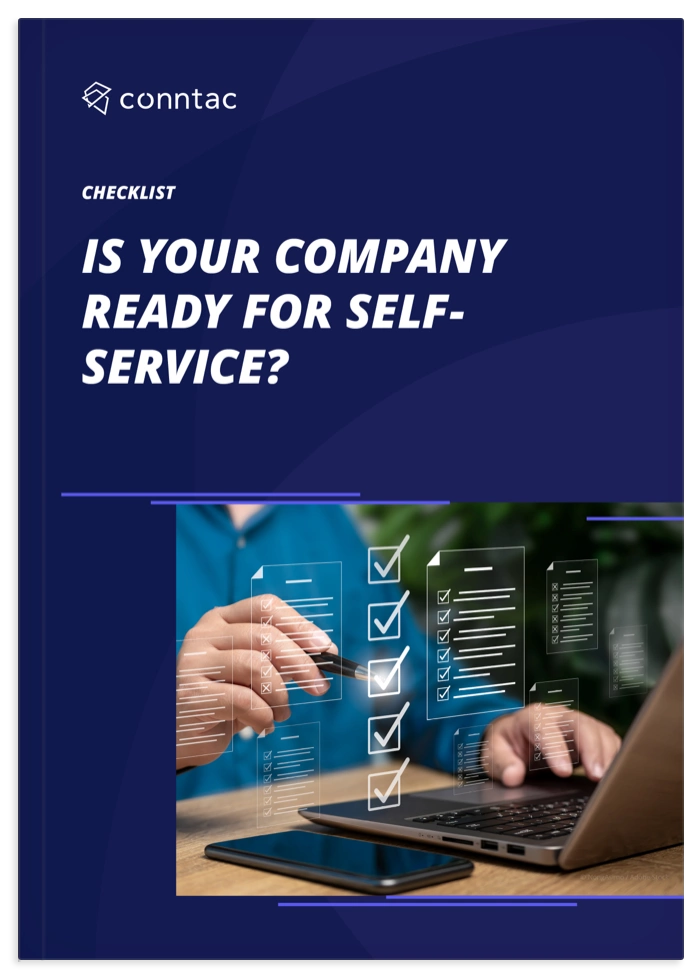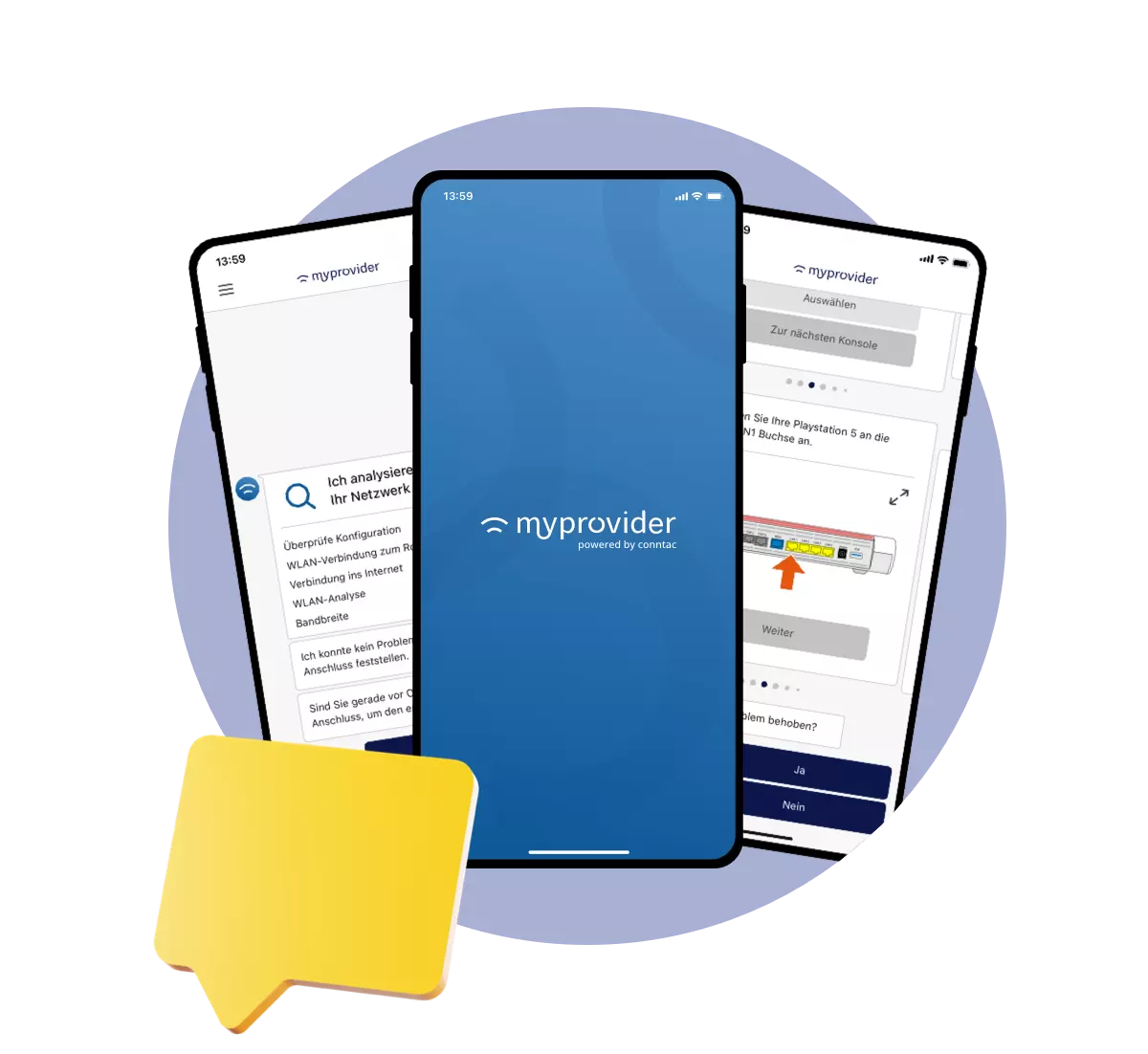The job of customer service is undoubtedly a real challenge. Balancing the customer’s need for fast, personalised service with the company’s requirements for efficient operations and loyal clientele is not always easy. However, this task becomes almost impossible if your customer service staff do not have everything they need to succeed. In the second part of our series of articles, we take a look at what is needed to optimise the agent experience and how self-service can support this.
If you haven’t already read the article on agent experience in technical customer support, take a look at it.
Introducing efficient workflows for a first-class agent experience
First-class support requires not only personal commitment but also well-coordinated systems, tools and processes. Self-service support is not a substitute, but rather an equal partner to employee service. The importance of a unified approach to service is backed up by the Zendesk CX Trends report, which shows that 69 per cent of customers prefer to solve problems themselves when given options.
Of course, self-service cannot completely replace human support. Many customers still prefer to speak to a real person about complex issues. Therefore, seamless collaboration between the two options is critical to providing outstanding service and retaining customers over the long term.
Solutions for speed and complexity in the agent experience
The optimisation of the agent experience depends largely on the efficient management of processing and waiting times as well as the complexity of the concerns. According to the CX Trends report, half of customers make their choice of support contact channel based on the speed of response they require. Around 40 per cent take into account the complexity of their request. Self-service is particularly suitable for customers with simple requests who are looking for a quick answer. On the other hand, human support is in demand for extremely complex issues.
When Customers Prefer Agent Experience Through Customer Self-Service
Many customers prefer to solve problems independently. According to a report by Microsoft (Global State of Customer Service), 86 percent of customers even expect a customer self-service solution. Here are some scenarios where customers opt for self-service:
- For simple questions requiring quick answers: Blogs, FAQ pages, videos, and chatbots can resolve straightforward issues without direct support from agents.
- During long wait times: 24/7 support is expected, but not always feasible. Self-service solutions help optimize interactions, especially for simpler concerns.
- After business hours: Customers expect support at all times of the day and night. Even if support agents aren't available around the clock, self-service can offer real value in such cases.







-min.png)




